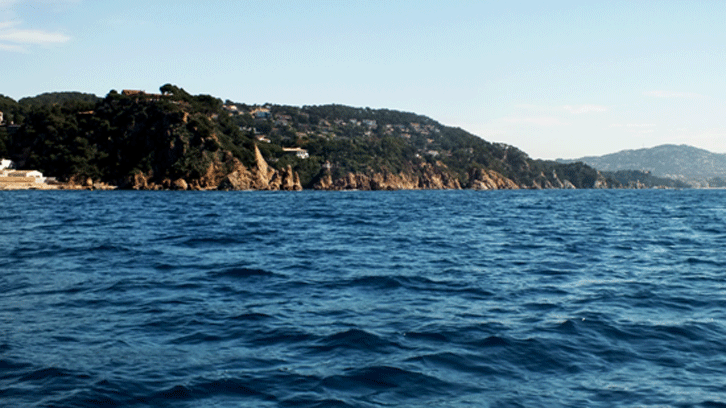Effects of grazing, phosphorus and light in the growth of marine bacteria

The specific rate of growth is an important ecological trait characteristic of all living organisms. In marine ecosystems, growth and mortality rates determine the structure of bacterioplankton communities, i.e., the types of organisms present and their relative proportions. As bacterioplankton plays critical roles in marine biogeochemical processes, estimation of the growth rate of the bulk community as well as that of different species or groups is necessary to understand its contribution to matter recycling and energy.
Growth rates of the total community represent the average of a wide variety of organisms, from almost inactive to fast growing cells, and these are generally low, with values that correspond to one division every one or two weeks. The maximum growth rates of some individual groups, then, may be much higher, equivalent to generation times of several days or even hours.But, despite their importance, there are still very few estimates for individual groups of marine bacteria.
In our work, we investigated the growth rates of different groups of marine bacteria in the Microbial Observatory of Blanes Bay (Mediterranean Sea), as well as the role that biotic (predation) and abiotic factors (phosphorus availability and light) could have in their growth rates. These were estimated from changes in cell abundance. All groups responded greatly both to predators reduction and to phosphorus addition.
It was observed that the highest growth rates were obtained in those experiments where both predation was removed and phosphorus added, but when values were compared between treatments (response ratios), the response to predation reduction was larger than to phosphorus amendment. When comparing light and dark treatments, growth rates were on average equal or higher in the dark than in the light for all groups except for those containing photoheterotrophic species (capable of using light to obtain energy, in addition to use organic matter).
This represents an indirect evidence about the role of light in growth stimulation for these groups, a hypothesis that has generated much controversy in the last two decades. Overall, these results contribute to assess the potential involvement of different types of bacteria in marine biogeochemical processes and allow to make predictions about how they would vary under changing environmental conditions.
olga.sanchez@uab.cat
Faculty of Biosciences
Universitat Autònoma de Barcelona
References
Olga Sánchez, Michal Koblížek, Josep M. Gasol and Isabel Ferrera. Effects of grazing, phosphorus and light on the growth rates of major bacterioplankton taxa in the coastal NW Mediterranean
Environmental Microbiology Reports June 2017 (9),(3), 300-309. DOI:
10.1111/1758-2229.12535


